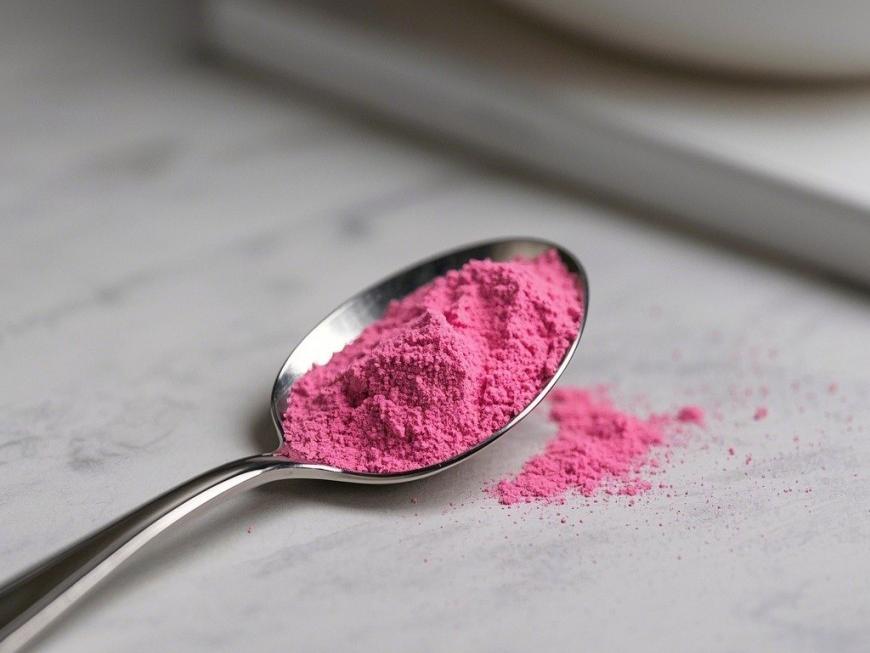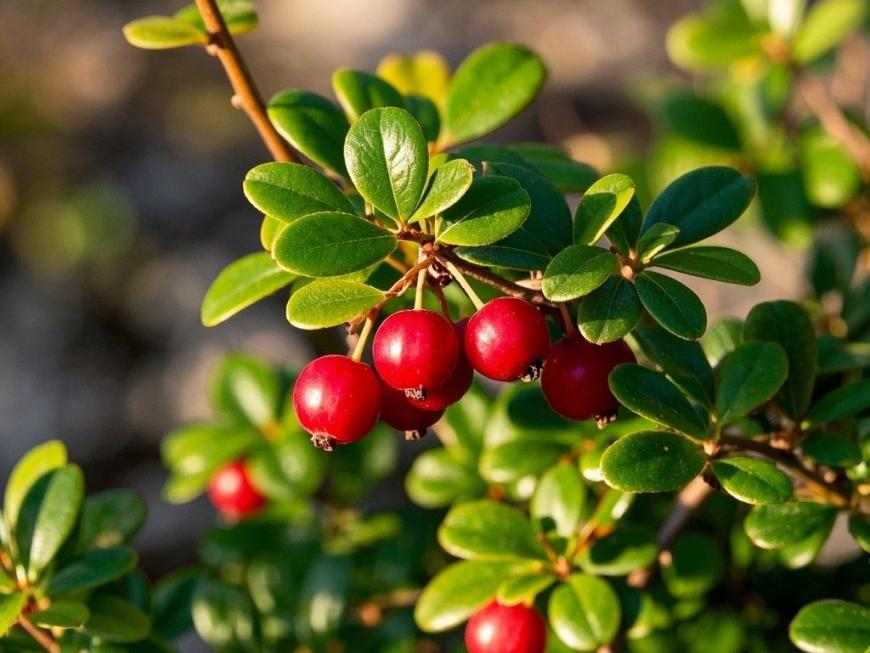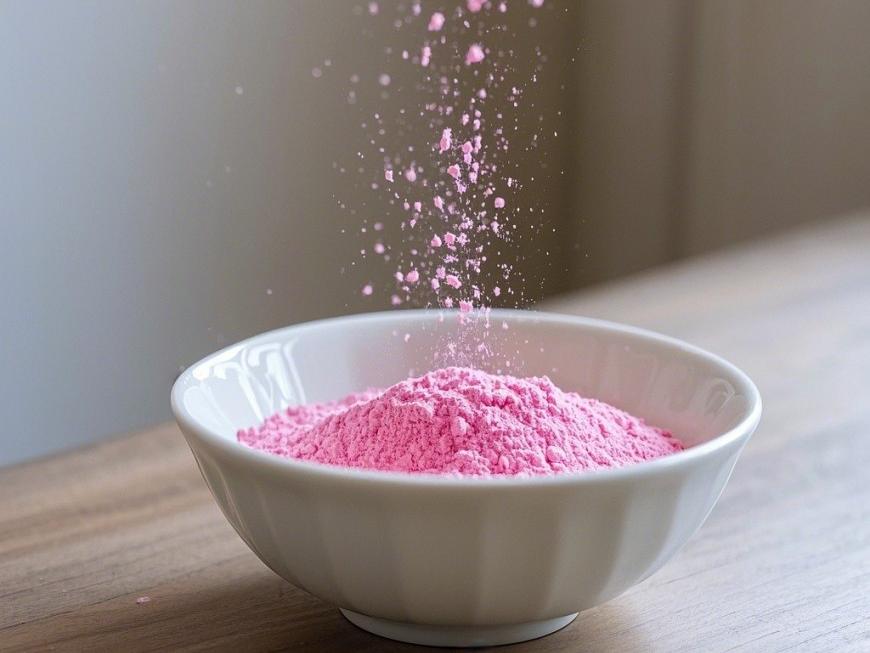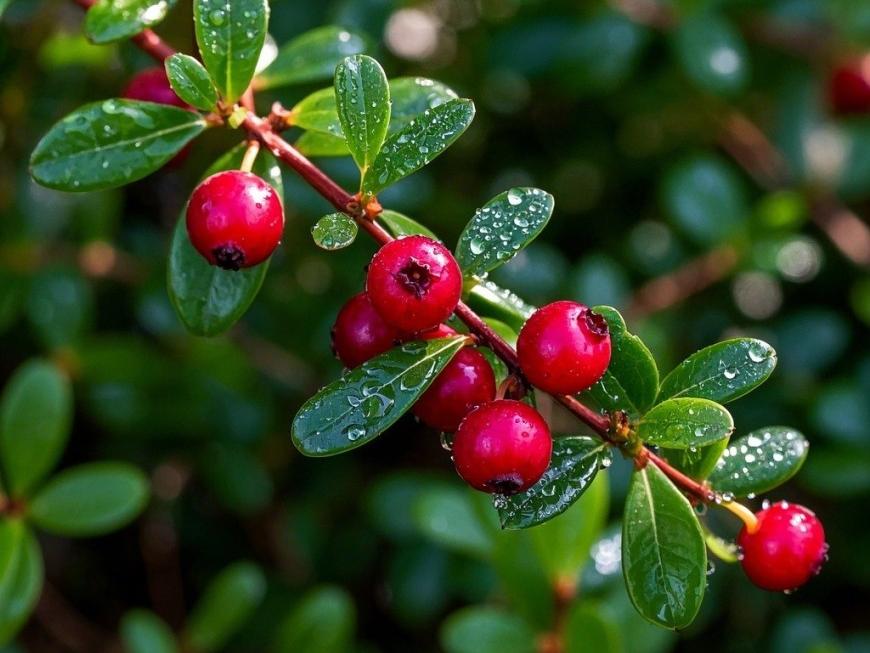Study on Cranberry Antibacterial Benefit
Antibiotic resistance has become a global problem. In China, the problem is particularly serious due to patients' blind reliance on antibiotics and ineffective regulation of antibiotic use. Traditional methods such as discovering new antibiotics from bacteria are facing many problems such as the difficulty of finding new strains of bacteria. Therefore, searching for new antibiotics from animals and plants has become an important research and development direction.
Cranberries (Vaccinium macrocarpon Ait.) are one of the three major fruits in North America. In the United States, the area under cultivation of cranberries is about 1.41×102 square kilometers, and the area under cultivation of cranberries worldwide has reached 1.50×102 square kilometers. There are about 1,200 growers, with total sales exceeding 1.5 billion US dollars. More than 90% of cranberry products are sold and consumed in North America [1]. In addition to its nutritional value, cranberries and their components have been found to inhibit bacterial growth and bacterial adhesion. Recent foreign literature reports show that cranberries and their preparations can prevent urinary tract infections and reduce the incidence of dental caries and periodontitis [2]. This article reviews the components of cranberries, their antibacterial and anti-adhesion effects, and their mechanisms of action.
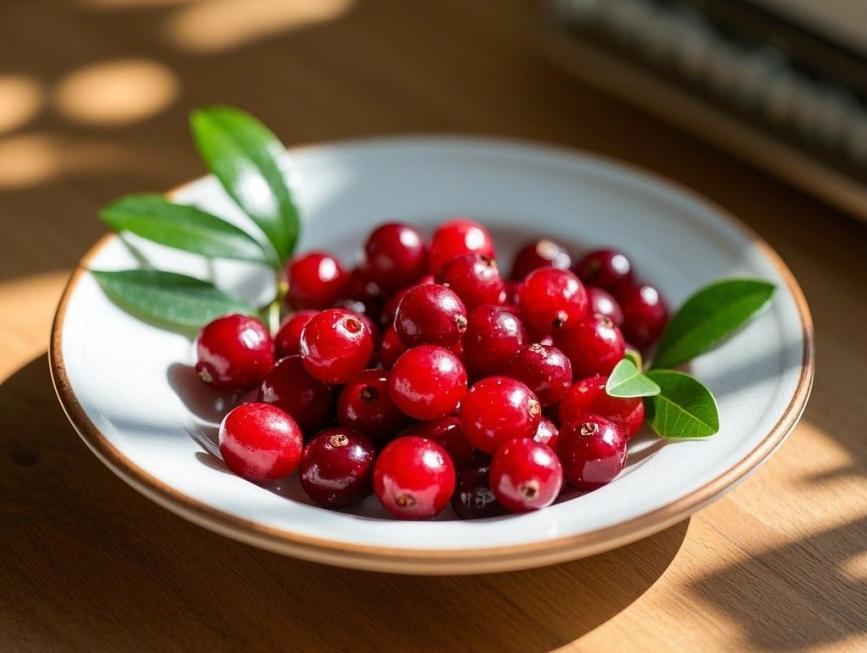
1. Composition of cranberries
Cranberries are 88% water, with the rest consisting of organic acids, vitamin C, flavonoids, anthocyanins, proanthocyanidins and other substances. Table 1 lists the main components of cranberries.
It is now generally believed that proanthocyanidins are the main antibacterial components in cranberries. Proanthocyanidins are a large class of polyphenolic compounds widely found in various plants (such as ginkgo, rhubarb, hawthorn, and grapes). They were originally classified as condensed tannins or flavanols. With the advancement of technology and in-depth research, they are now classified as a general term for a large class of substances called proanthocyanidins [3]. Their structure is a polymer of catechins, epicatechins, or catechins and epicatechins. Researchers have done a lot of research on proanthocyanidins, and cranberry proanthocyanidins in particular have an antibacterial effect, so their structure must be special.
Proanthocyanidins found in other plants (e.g. grapes) are polymers of flavan-3-ols, with each monomer polymerized in the following way: the C4 position of the “top” monomer is linked to the C6 or C8 position of the “bottom” monomer by a C-C bond (4β →C6 or 4β →C8), forming a B-type connection (B1 and B2). Cranberry proanthocyanidins are also polymers of flavan-3-ol. In addition to the B-type linkages, the following linkages are also present: the C2 and C4 of the “top” monomer are connected to the O of the C7 and C6 or C8 of the “bottom” monomer via C-O and C-C bonds, respectively, forming an A-type linkage (see Figure 1). This particular proanthocyanidin contained in cranberries is named proanthocyanidin A. It has been reported in the literature that proanthocyanidin A has antibacterial, anti-bacterial adhesion and anti-inflammatory effects [4-5].
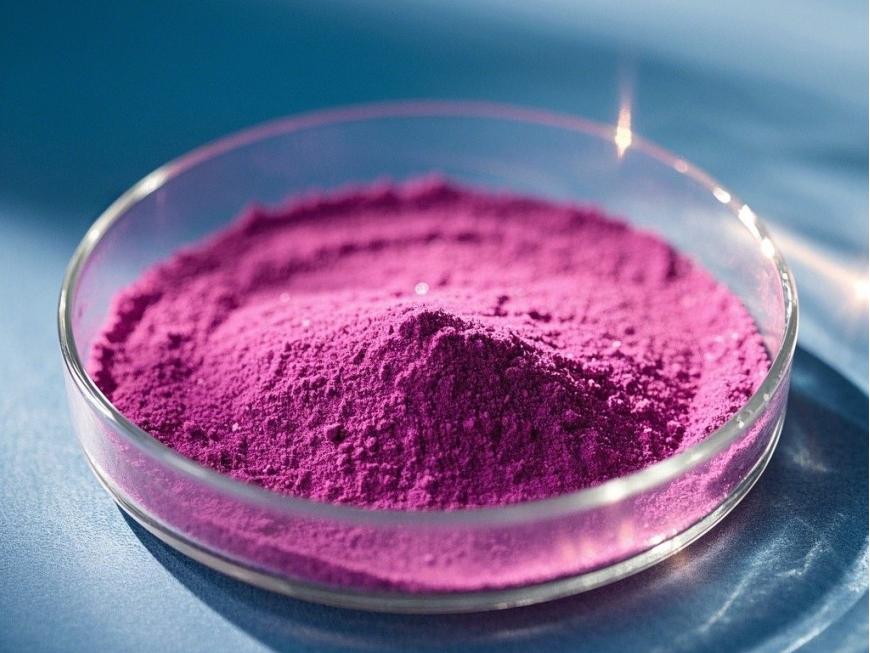
2. The antibacterial effect of cranberries and the mechanism of action
Foreign researchers have conducted a large number of studies on the antibacterial effect of cranberries. Bacteriostatic experiments were conducted using cranberry juice, cranberry concentrate and cranberry extract on several Gram-positive bacteria and Gram-negative bacteria, including Escherichia coli and Staphylococcus aureus. Different degrees of bacteriostatic effects were obtained, confirming the existence of the bacteriostatic effect of cranberries. Table 2 lists some of the researchers, experimental materials, test bacteria and experimental results of cranberry bacteriostatic effect experiments.
After the antibacterial effect of cranberries was confirmed, researchers began to explore the antibacterial components and possible antibacterial mechanisms of cranberries.
Lacombe et al. [7] used column chromatography to isolate cranberry components and divide them into three groups: sugars and organic acids, phenols, and anthocyanins (anthocyanins, proanthocyanidins, etc.). The minimum inhibitory concentrations of these three groups of substances against Escherichia coli O157:H7 were tested at their natural pH and neutral pH conditions. The results showed that except for the sugar and organic acid group, which had no bacteriostatic effect at neutral pH, the remaining groups had good bacteriostatic effects at both their natural pH and neutral pH conditions. Observation by transmission electron microscopy revealed that the cell membranes of cells treated with sugar and organic acids became blurred, the cell shape was irregular, and the cytoplasm aggregated. Partial decomposition of the cell membrane and leakage of cytoplasm were also observed in the two groups of cells treated with phenolic substances and anthocyanins.
The sugar and organic acid group mainly exerts a bacteriostatic effect by significantly reducing the intracellular and extracellular pH through organic acids. Studies have shown [13] that when the intracellular acetate level of Escherichia coli K-12 increases, so does the potassium ion concentration. This phenomenon causes an accumulation of organic acid anions on the cell membrane, which ultimately causes a sharp increase in osmotic pressure. The above electron microscopy observations also confirm this theory.
The phenolic group has a good bacteriostatic effect under both natural and neutral pH conditions, which proves that its bacteriostatic effect is independent of the pH conditions. The hydrophobicity of cresol allows it to bind to the cell membrane, resulting in a change in membrane fluidity. The results of electron microscopy show that the shape of the bacterial cells treated with phenols is irregular, which also proves that there is local chemical binding on the surface of the cell membrane. When the cell membrane is penetrated, small molecules of phenols can enter the cell and affect metabolism.
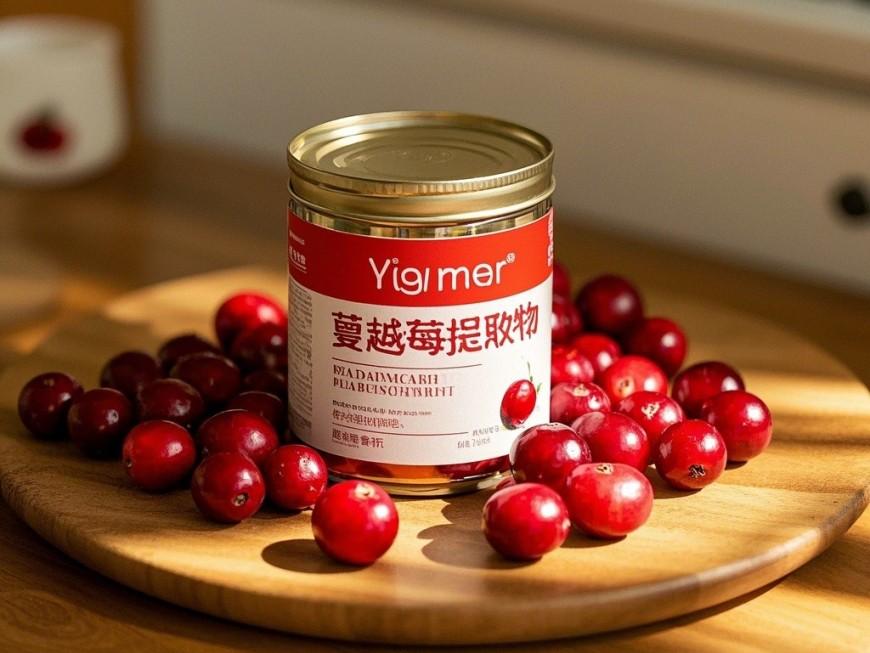
The cell membrane of the anthocyanin group of bacteria was partially degraded, the cytoplasm leaked out, and the membrane surface was partially aggregated. It is possible that proanthocyanidins have a metal ion chelating effect similar to EDTA, binding Ca2+ and Mg2+ on the membrane, destabilizing the cell membrane, releasing LPS, and increasing the permeability of the cell membrane. In addition, proanthocyanidins can chelate LPS, causing local polymerization on the membrane surface [7].
Lin et al. [6] used gene chip technology to observe the effect of cranberry on the gene expression of Escherichia coli. The results showed that compared with normal cultured Escherichia coli, the gene expression of bacteria incubated with cranberry juice or proanthocyanidins from cranberries was down-regulated, while the gene expression related to adaptation to changes in pH was up-regulated. Due to the importance of iron in bacterial growth, the researchers paid particular attention to iron-related genes. The results showed that the expression of all genes related to iron ion transport and metabolism was down-regulated.
It is inferred from the above results that the most obvious effect of cranberry juice on Escherichia coli is to reduce the expression of genes related to iron ion transport. Some studies have suggested that tannins and their hydrolysates achieve their antibacterial effect by blocking the supply of metal ions necessary for microbial growth. Cranberry juice reduces the expression of the E. coli gene for iron ion transport, while the proanthocyanidins contained in cranberry juice have a strong chelating effect on iron ions, making E. coli grow in an environment with a severe iron deficiency. This is a major mechanism by which cranberries exert their antibacterial effect.
However, when researchers added exogenous iron to the bacteria incubated with cranberry juice, the growth rate of Escherichia coli was not completely restored (to 65%), suggesting that there are other synergistic mechanisms for the antibacterial effect of cranberries. According to the results of gene chip and previous studies, Lin believes that first of all, the ability of cranberry components to form complexes with starch, protein, digestive enzymes, etc. can lead to a lack of nutrients needed for bacterial growth. Second, the blockage of other metal ions by cranberries can affect the metabolism of bacteria and some important functions of the membrane. Two other possible mechanisms are the action similar to that of tannins, which inhibit oxidative phosphorylation and thus affect metabolism, and the destabilization of the membrane, which leads to the destruction of enzymes required for ATP synthesis [6].
3 The anti-adhesion effect of cranberries and its mechanism of action
Early on, Zafriri et al. [14] observed the effect of cranberry juice on the adhesion of Escherichia coli to different cells (Y1 mouse adrenal cortical tumor cells, mouse peritoneal macrophages, and hamster ovary cells). The results showed that cranberry juice contains two type 1 pili adhesion inhibitors, and a non-dialyzable P-type fimbrial adhesion inhibitor (which was later shown by Lin et al. [6] to be proanthocyanidin). Allison et al. [15] observed the effect of cranberry on the adhesion of Escherichia coli, Staphylococcus aureus, Salmonella typhimurium, Campylobacter jejuni, Listeria monocytogenes adhesion to slides. The results showed that cranberries reduced the adhesion of Escherichia coli, Staphylococcus aureus and Salmonella typhimurium to the coverslips.
Several experiments have shown that proanthocyanidins in cranberries play an anti-adhesion role. Foo et al. [16] found that proanthocyanidins can effectively inhibit adhesion in vitro, with a minimum effective concentration of 75 mg/L. Howell et al. [17] used a pH 6.5 cranberry proanthocyanidin extract to observe its inhibitory effect on the adhesion of pathogenic Escherichia coli with type P pili to urinary epithelial cells. The concentration range for anti-adhesion was found to be 6–375 mg/L.
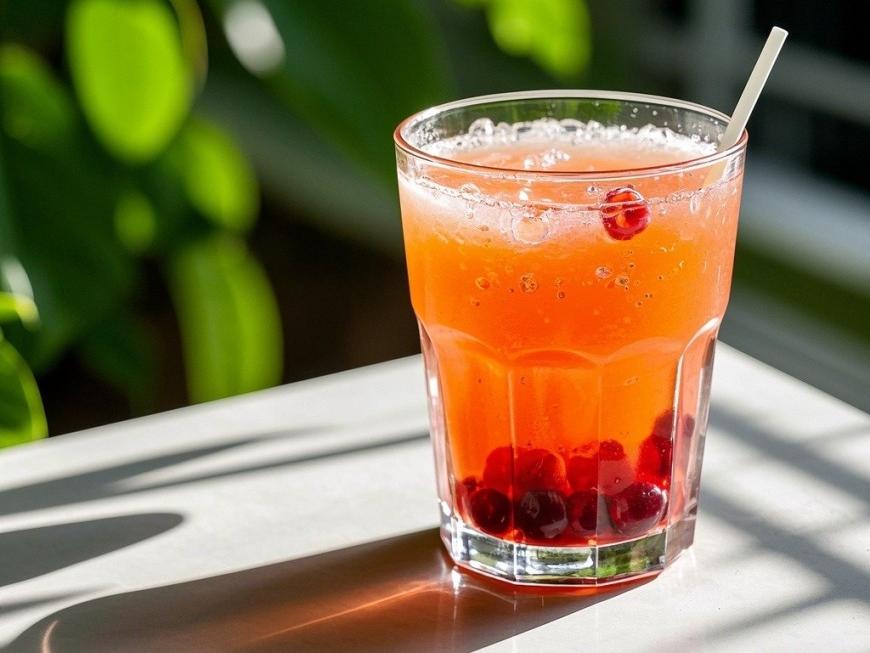
Howell et al. [18] compared the ability of proanthocyanidins A (found in cranberries) and proanthocyanidins B (found in grapes, tea, apples, etc.) to inhibit bacterial adhesion in vitro. They found that proanthocyanidins A had an anti-adhesive effect at ≥60 μg/mL, while the B-type proanthocyanidins contained in grapes have a weak anti-adhesion effect (at concentrations above 1200 μg/mL), the other B-type proanthocyanidins have no anti-adhesion effect. In another experiment, Foo et al. [19] compared the anti-adhesion effects of monomers, dimer and trimer on the adhesion of pathogenic Escherichia coli to P-type pili. The results showed that only the trimer had a strong anti-adhesive effect.
Lin et al. [6] found in a gene chip study that cranberry juice down-regulates the expression of adhesion-related genes in E. coli. The down-regulated genes include flagellar basal body protein FlgB and flagellar motor protein FliG, as well as tryptophanase TnaA. Down-regulation of FlgB and FliG causes a decrease in P-fimbriae of E. coli, thereby reducing adhesion. Inactivation of tnaA reduces the ability of E. coli to adhere to different biological surfaces.
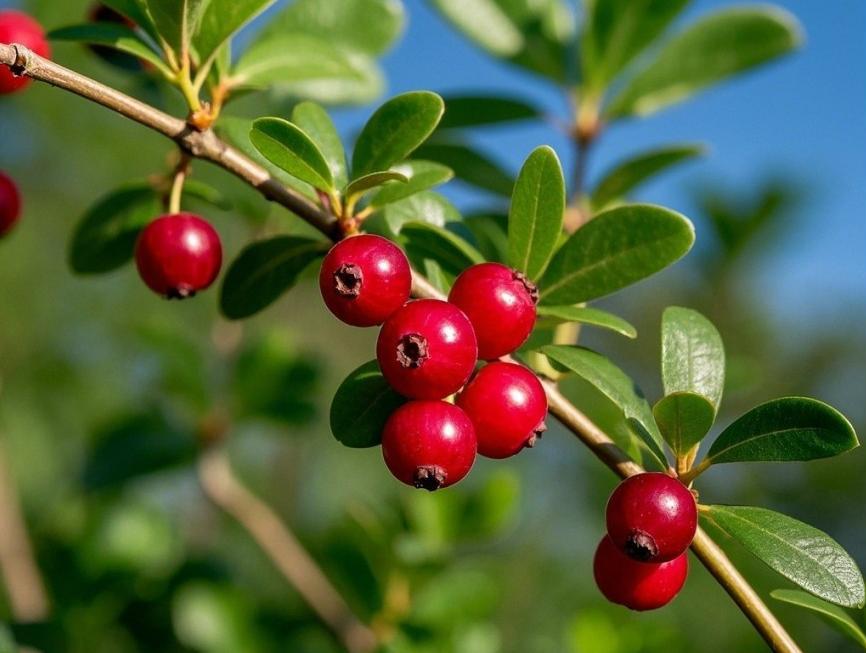
4 Conclusion
Cranberries have long been known to be effective against urinary tract infections. Numerous studies have been conducted on their antibacterial and anti-adhesion effects, but their mechanism of action is still not fully understood. In fact, cranberries also inhibit biofilm formation and resist bacterial secretion of proteases [20]. Cranberries are therefore one of nature's weapons against bacteria, and they are all the more precious today when the problem of antibiotic resistance is becoming more and more serious. Further research into the antibacterial mechanism, antibacterial spectrum, drug resistance and other issues will lay the theoretical foundation for using cranberry products as medicine.
References
[1] Yang Jinghui, Li Jianke, Yang Enqin, et al. The history, current situation and development trend of cranberry cultivation [J]. Journal of Tianjin Academy of Agriculture, 2009, 16(3): 44-46.
[2] Bonifait L, Grenier D. Cranberry polyphenols: potential benefits for dental caries and periodontal disease[J]. Can Dent Assoc, 2010, 76: a130.
[3] Shao Lili, Liu Zhijie. Research on proanthocyanidins [J]. Heilongjiang Science and Technology Information, 2011, (4): 35.
[4] Jensen H D, Krogfelt K A, Cornett C, et al. Hydrophilic carboxylic acids and iridoid glycosides in the juice of American and European cranberries ( Vaccinium macrocarpon and V. oxycoccus ), ling onberries ( V. vitisidaea),and blueberries ( V. myrtillus)[J] . Agric Food Chem, 2002, 50: 6871-6874.
[5] Cote J, Caillet S, Doyon G, et al. Analyzing cranberry bioactive compounds[J] . Crit Rev Food Sci Nutr, 2010 50(9): 872-888.
[6] Lin B C, Johnson B J, Rubin R A, et al. Iron chelation by cranberry juice and its impact on Escherichia coli growth[J]. Biofactors, 2011, 37(2): 121-130.
[7] Lacombe A, Wu V C H, Tyler S, et al. Antimicrobial action of the American cranberry constituents; phenolics, anthocyanins, and organic acids, against Escherichia coli O157:H7.Int [J]. Food Microbiol, 2010, 139(1-2): 102-107.
[8] Cesoniene L, Jasutiene I, Sarkinas A. Phenolics and anthocyanins in berries of European cranberry and their antimicrobial activity[J]. Medicina (Kaunas), 2009, 45(12): 992-999.
[9] Gupta K, Chou M Y, Howell A, et al. Cranberry products inhibit adherence of p-fimbriated Escherichia coli to primary cultured bladder and vaginal epithelial cells[J]. Urol, 2007, 177: 2357-2360.
[10]Valentova K, Stejskal D, Bednar P, et al. Biosafety, antioxidant status, and metabolites in urine after consumption of dried cranberry juice in healthy women: a pilot double-blind placebo-controlled trial[J]. Agric Food Chem, 2007, 55: 3217-3224.
[11]Cavanagh H M A, Hipwell M, Wilkinson J M. Antibacterial activity of berry fruits used for culinary purposes[J]. Med Food, 2003, 6: 57-61.
[12]Lee Y L, Owens J, Thrupp L, et al. Does cranberry juice have any antibacterial activity[J]? JAMA, 2000, 283: 1691.
[13]Van Immerseel F, Russell J B, Flythe M D, et al. The use of organic acids to combat Salmonella in poultry: a mechanistic explanation of the efficacy[J]. Avian Pathol, 2006, 35: 182- 188.
[14]Zafriri D, Ofek I, Adar R, et al. Inhibitory activity of cranberry juice on adherence of type 1 and type P fimbriated Escherichia coli to eucaryotic cells[J]. Antimicrob Agents Chemother, 1989, 33(1): 92-98.
[15]Allison D G, Cronin M A, Hawker J, et al. Influence of cranberry juice on attachment of Escherichia coli to glass[J]. Basic Microbiol, 2000, 40: 3-6.
[16]Foo L Y, Lu Y, Howell A B, et al. The structure of cranberry proanthocyanidins which inhibit adherence of uropathogenic P-fimbriated Escherichia coli in vitro[J]. Phytochemistry, 2000, 54: 173-181.
[17]Howell A B, Foxman B. Cranberry juice and adhesion of antibiotic-resistant uropathogens[J]. JAMA, 2002,287: 3082-3083.
[18]Howell A B, Reed J D, Krueger C G, et al. A-type cranberry proanthocyanidins and uropathogenic bacterial antiadhesion activity[J]. Phytochemistry, 2005, 66: 2281-2291.
[19]Foo L Y, Lu Y R, Howell A B, et al . A - type proanthocyanidin trimers from cranberry that inhibit adherence of uropathogenic Escherichia coli[J]. Natl Prod, 2000, 63: 1225-1228.
[20]La V D, Howell A B, Grenier D. Anti-Porphyromonas gingivalis and anti-inflammatory activities of a-type cranberry proanthocyanidins[J] . Antimicrob Agents Chemother, 2010, 54(5): 1778-1784.


 English
English French
French Spanish
Spanish Russian
Russian Korean
Korean Japanese
Japanese